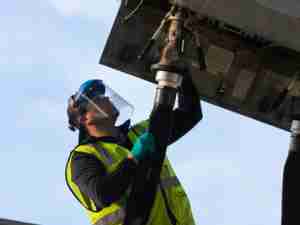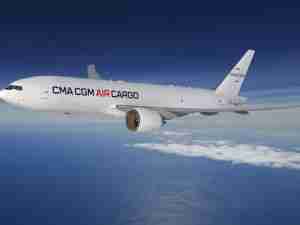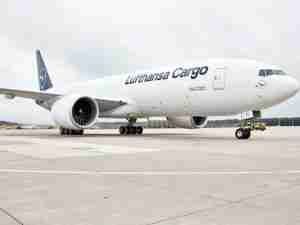JetBlue Cutting Costs After Plan to Boost Revenue Pays Off
By: | Dec 13 2016 at 04:43 PM | Air Cargo
JetBlue Airways Corp. plans to reduce annual costs by as much as $300 million by 2020 after efforts to boost revenue over the past two years have done better than the company expected.
The largest share of savings—as much as $125 million—will come in aircraft maintenance operations, with additional cost reductions being generated by offering more self-service options at airports, JetBlue said in an investor presentation Tuesday. While improving efficiency is a focus, there are no plans for furloughs of workers, the New York-based carrier said.
Some of the savings will offset higher labor expenses from an 8 percent raise on Jan. 1 for employees below the manager level as well as a pilot contract still being negotiated. The emphasis on keeping costs under control is growing in importance as the airline continues to expand at a faster pace than larger competitors, Jim Leddy, interim chief financial officer, said in an interview.
“We realize we really need to start to gain some of the efficiencies and economies of scale of our growing size,” he said Tuesday. “Structural efficiencies are really about helping us to sustain and potentially even widen our cost advantage to the larger carriers. It’s a critical component to our business model.”
JetBlue rose 4.2 percent to $22.53 in New York after the airline said Monday that unit revenue would decrease 1 percent to 2 percent in the fourth quarter. That’s less than the 2.8 percent drop estimated by Duane Pfennigwerth, an Evercore ISI analyst.
The airline said Tuesday it will review vendor contracts and agreements with online travel agencies as part of the cost-cutting effort.
On-Time Effort
The airline also will focus on improving on-time performance, something that’s become more important as it carries more business travelers, said Chief Executive Officer Robin Hayes. The carrier began an initiative on Nov. 1 that included new technology and improved the way teams of employees work together to increase efficiency. Plans include a new boarding method next year, said Joanna Geraghty, executive vice president for customer experience, without providing details.
“JetBlue knows it needs to be competitive with its on-time performance, and we need to do it in a cost-effective way,” she said.
JetBlue plans to expand 2017 capacity in a range of 6.5 percent to 8.5 percent, from as much as 9 percent this year. Costs to fly each seat a mile excluding fuel, a measure of efficiency, will rise 1 percent to 3 percent. Capital spending on aircraft will be as much as $1.2 billion, plus up to $200 million for non-aircraft.
JetBlue’s board also authorized the repurchase of as much as $500 million in shares by 2019, building on an existing $250 million buyback plan.
Fare Boost
Fare Options, which introduced three ticket tiers last year and ended a free checked bag for some passengers, will generate $260 million this year, compared with the $200 million initially projected by JetBlue. It may produce at least $280 million next year. Passengers checked more bags than the airline had expected with the change, and more moved up from the lowest fare to buy a higher-priced ticket.
A change in credit card providers has led more passengers to take the card and to spend more money, the airline said. The new cards will produce $60 million in added revenue by mid-2019 and $80 million by 2020.
The airline expects to gain $20 million next year from renovating its fleet of Airbus Group SE A321 planes and boosting seating to 200 from 190. A plan to add 15 seats to each of its 150-seat A320s has been delayed until the third quarter of 2017 from the first quarter. When completed in 36 months, the change will boost incremental operating income by $100 million, the carrier said.











